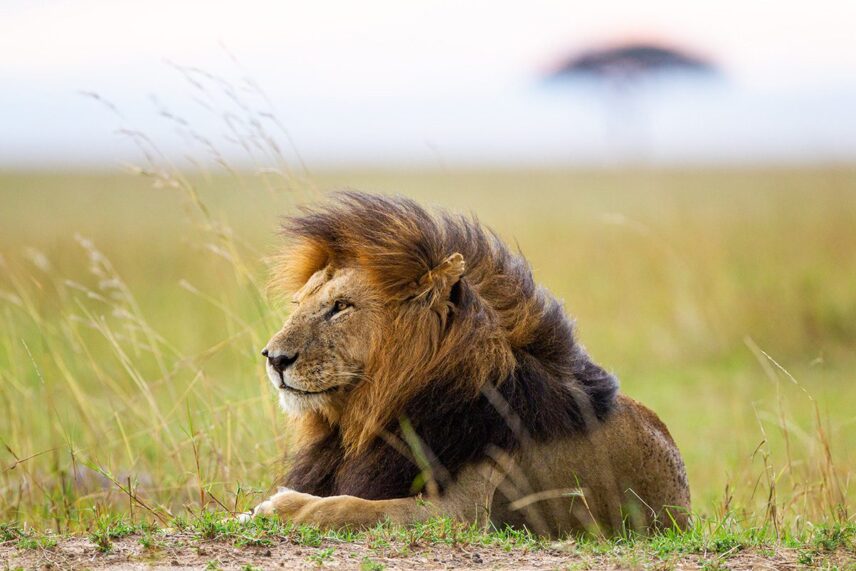Illustrators with an anthropomorphic bent have played them up as nature’s crown on her chosen king of the beasts, and Charles Darwin posited that they essentially served as furry helmets, but what is a lion’s mane really for?
Male lions start to grow manes around the age of two years, which signals the onset of sexual maturity.
…which might sound nice, but for young male lions, it’s a mixed blessing; the appearance of a mane is the pride’s cue to kick a lion out. In order to join a new pride, the young lions have to essentially take it over, challenging the current dominant male for his position.
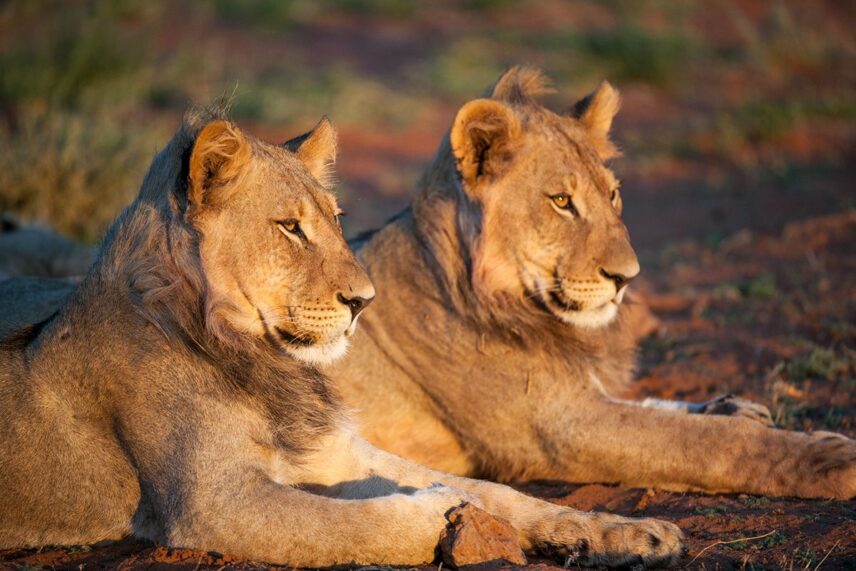
Young male lions
Coincidentally, a nicely filled-out mane might help that process along.
One of the main (mane?) functions of the hairy toppers is intimidation. Imagine a cat that’s just been startled; it arches its back, puffs up its tail, and sticks its hair on end. Lion manes serve a similar function as this typical cat behavior; the size and density of the mane can help a lion appear larger, and therefore more threatening, warning away possible opponents.
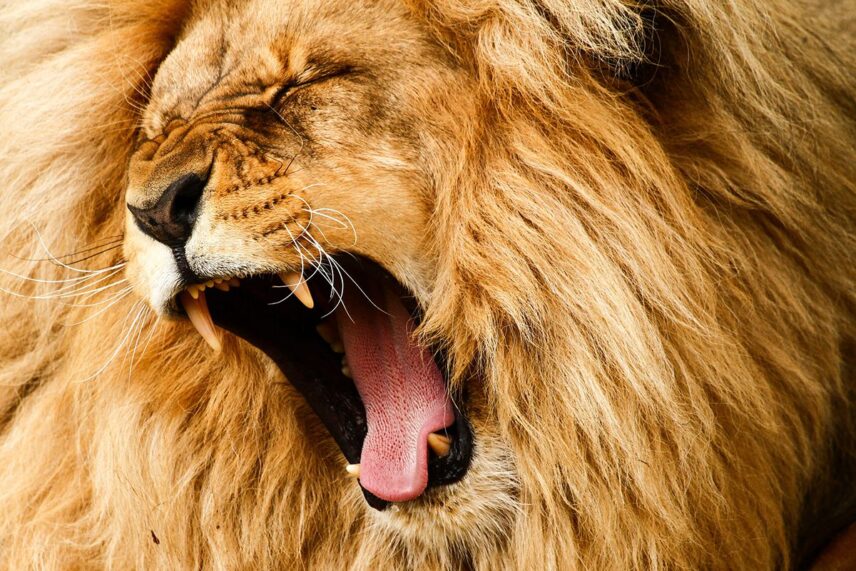
That intimidating appearance ties into the second function of the mane: a symbol of health and potency. A lion would be wise to keep its distance from another lion with an especially thick, lush mane, not only because it puffs him up in the neck and chest region, but because its very existence indicates serious power.
Darker, fuller manes indicate a healthy lion with plenty of testosterone. This makes him catnip to the ladies, but also tells potential rivals to beware; he won’t back down from a fight. Mane length is also a signal to other lions of fighting success (presumably manes are damaged in these challenges).
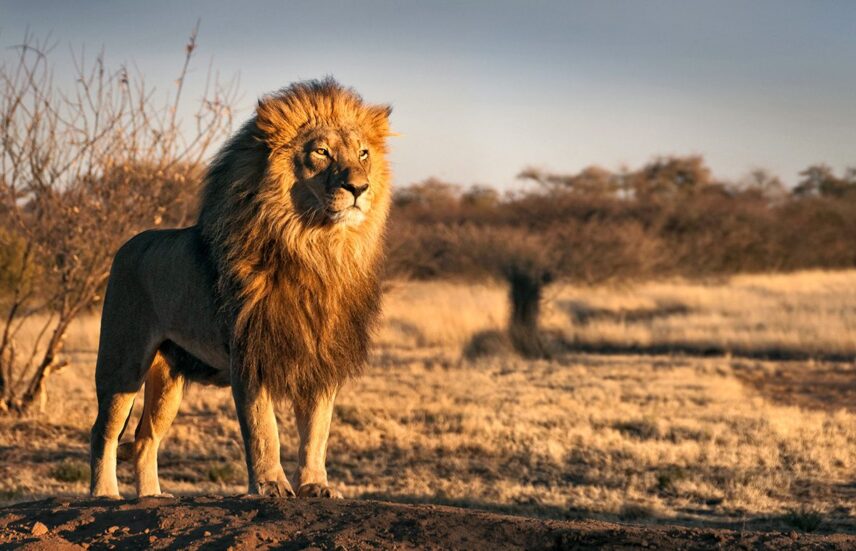
Black manes are perhaps the most telling status-symbol; manes darken with age, and thick dark hair indicates a well-fed lion. That means a black-maned lion is likely in his prime, eating well, and getting plenty of lovin’ from the ladies. Who would want to mess with that?
Well, nature, for one.
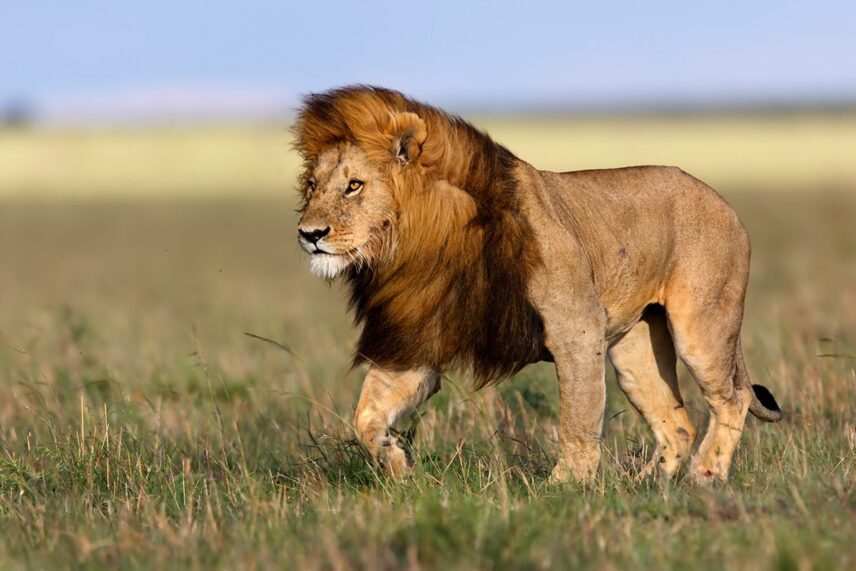
Black manes may make a lion look suave, but they also make him overheat under the relentless equatorial sun. Global warming only makes that sun more brutal, and some scientists predict that very soon, black manes could be a thing of the past. The heat might also thin the lions’ hair. Animals in northern zoos often grow thicker manes than their wild counterparts, which scientists posit is at least partly due to the colder climate.
At least “great hair” is ONE upside to winter.
Thomson’s Lion Guarantee
Did you know Thomson guarantees you’ll see a lion on your safari? Tanzania is home to more lions than Kenya, South Africa, Botswana, Zimbabwe, Zambia and Namibia combined!
